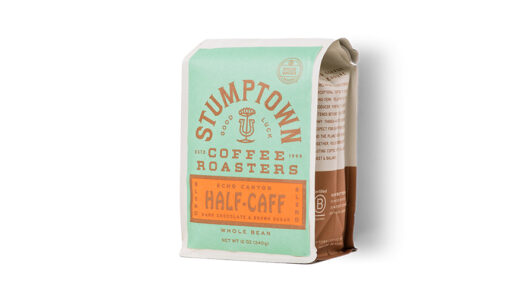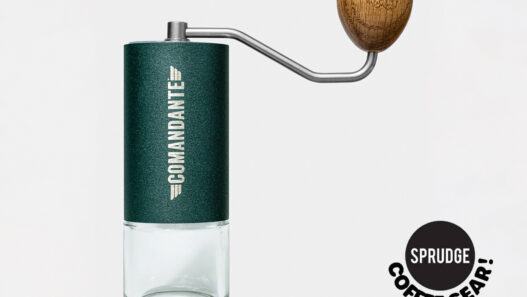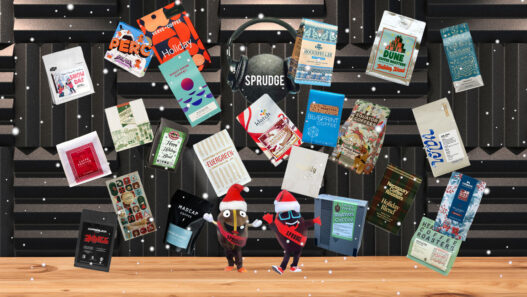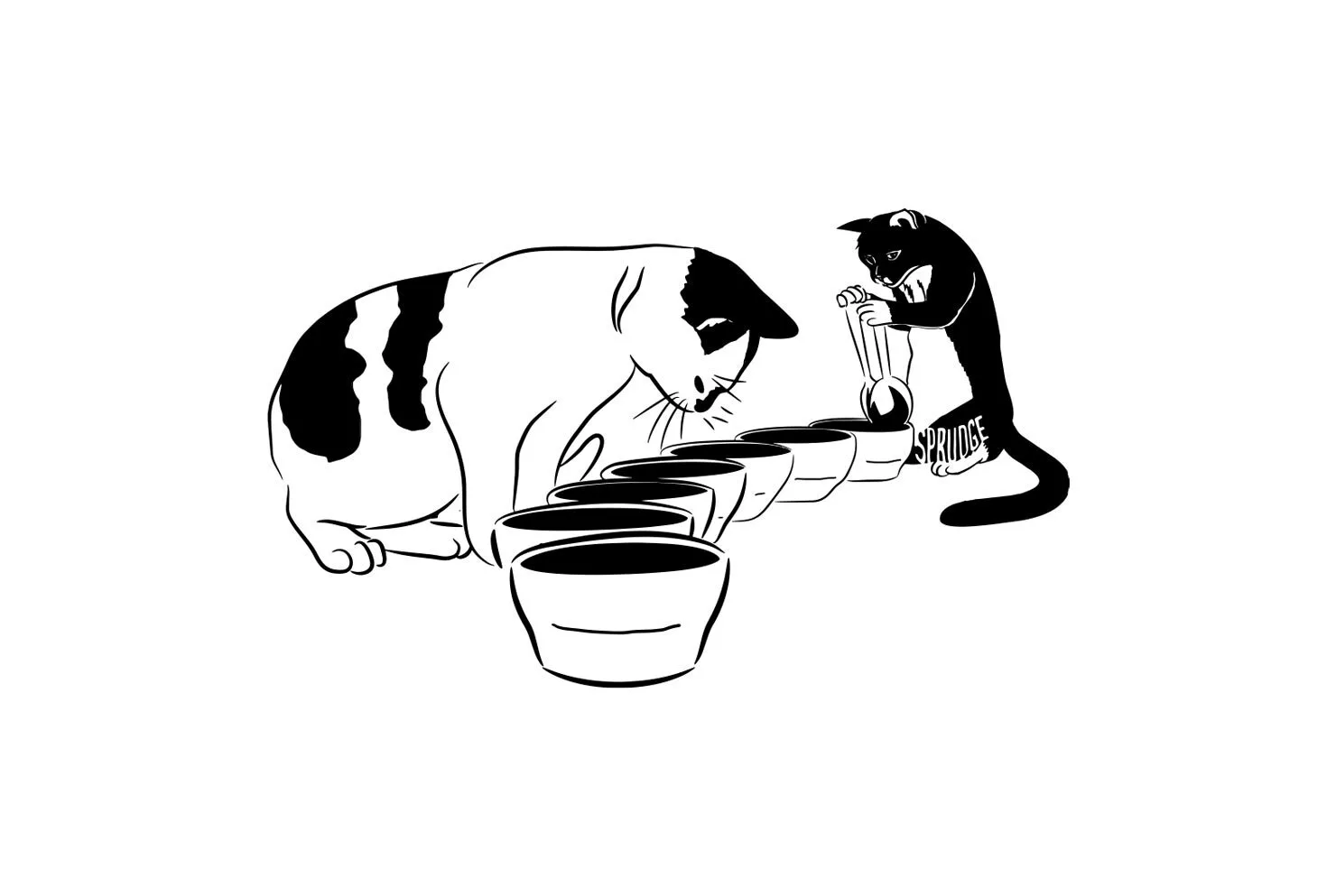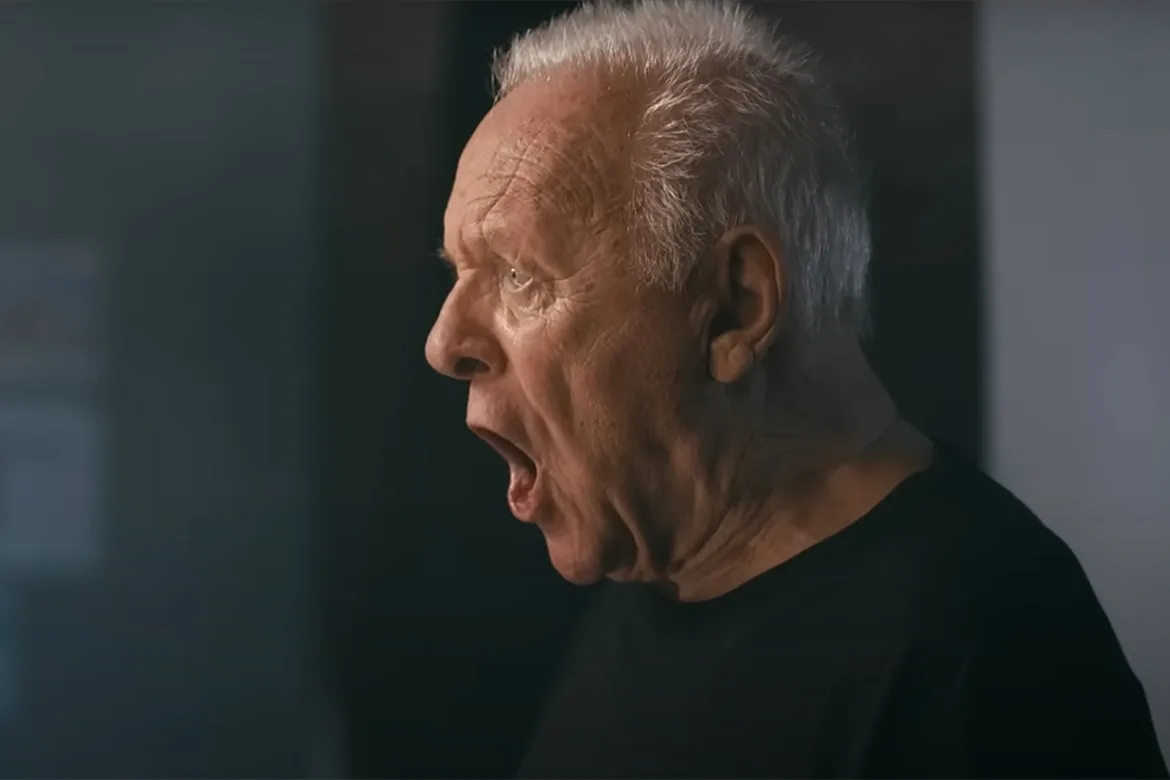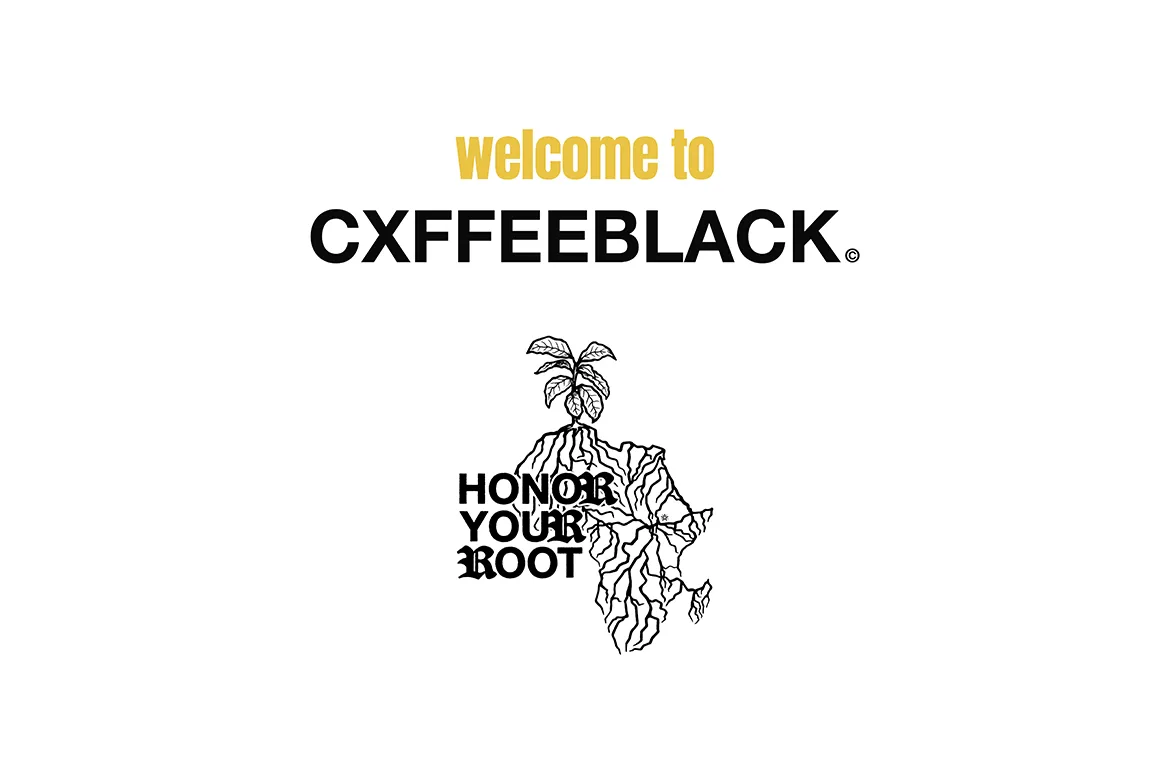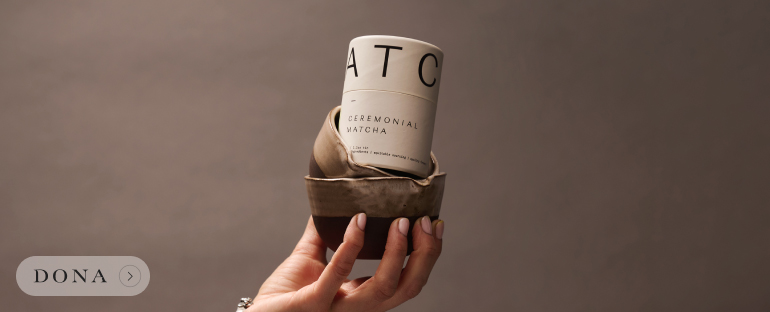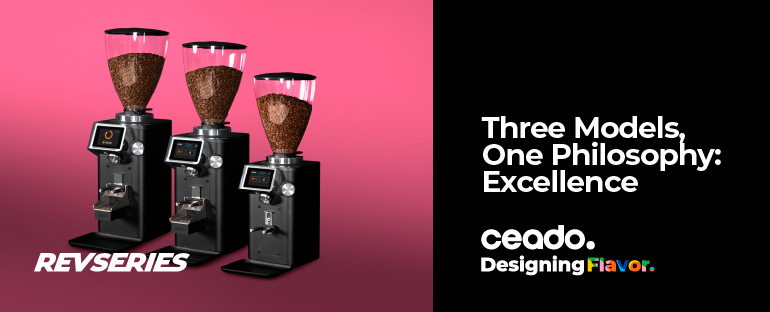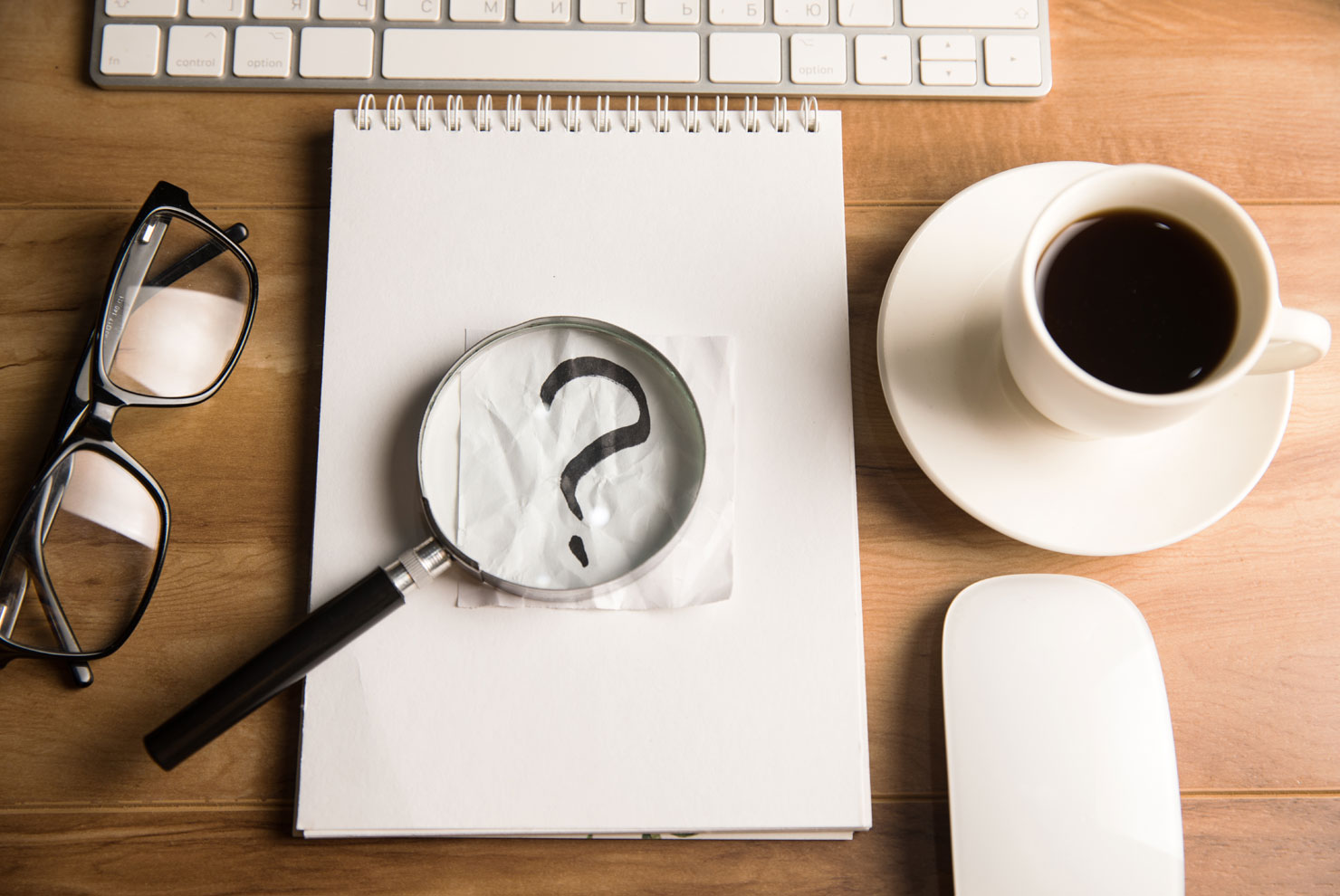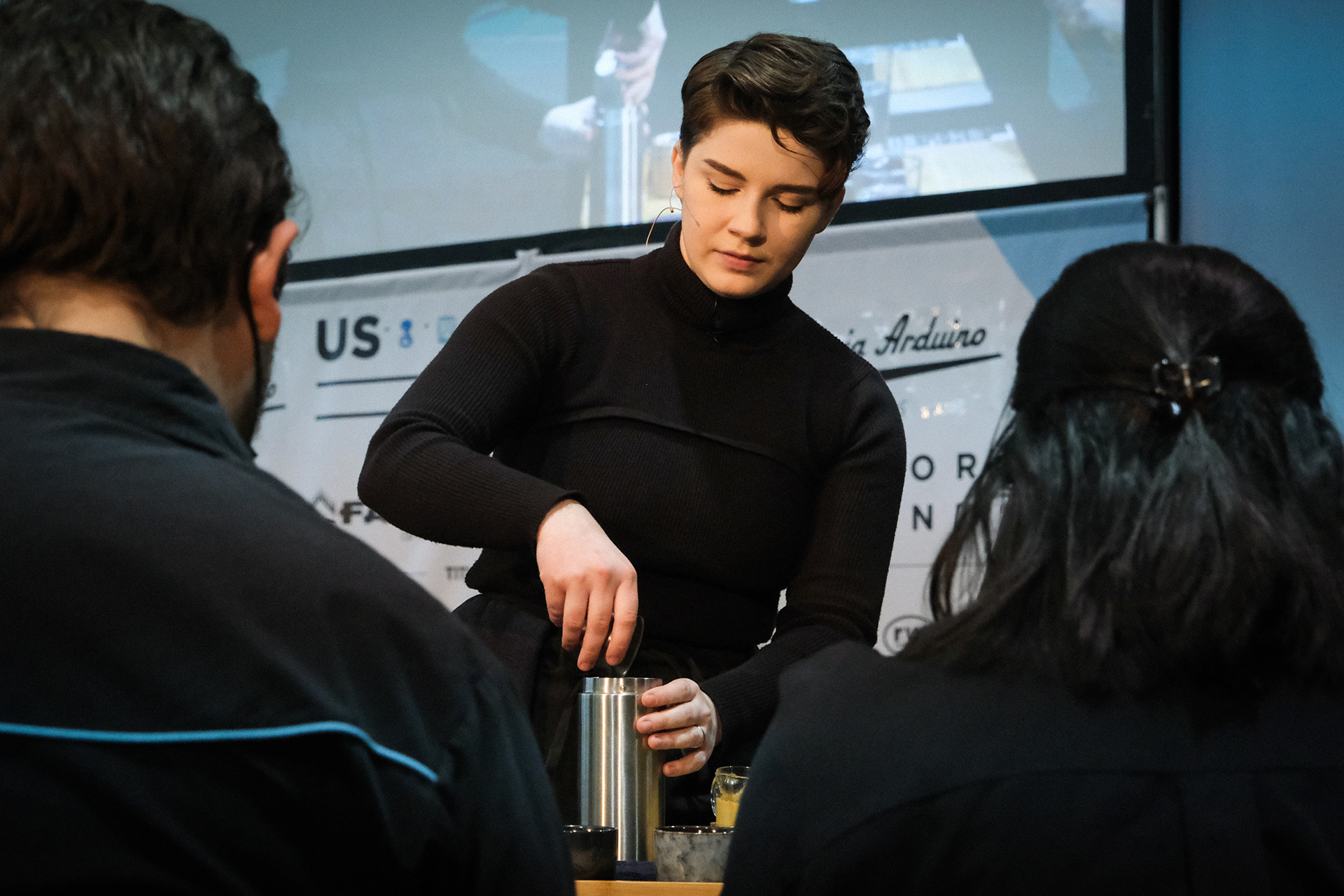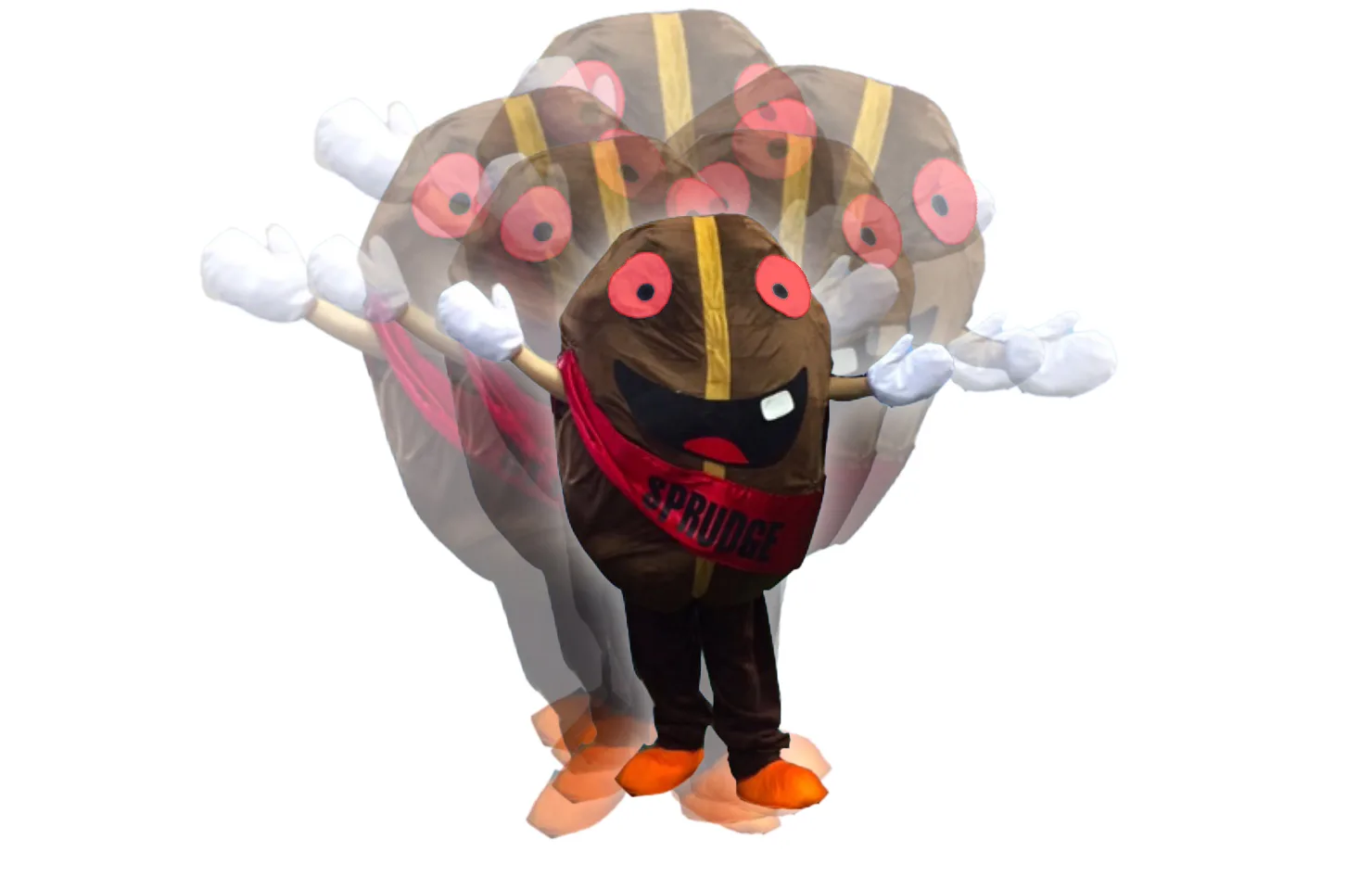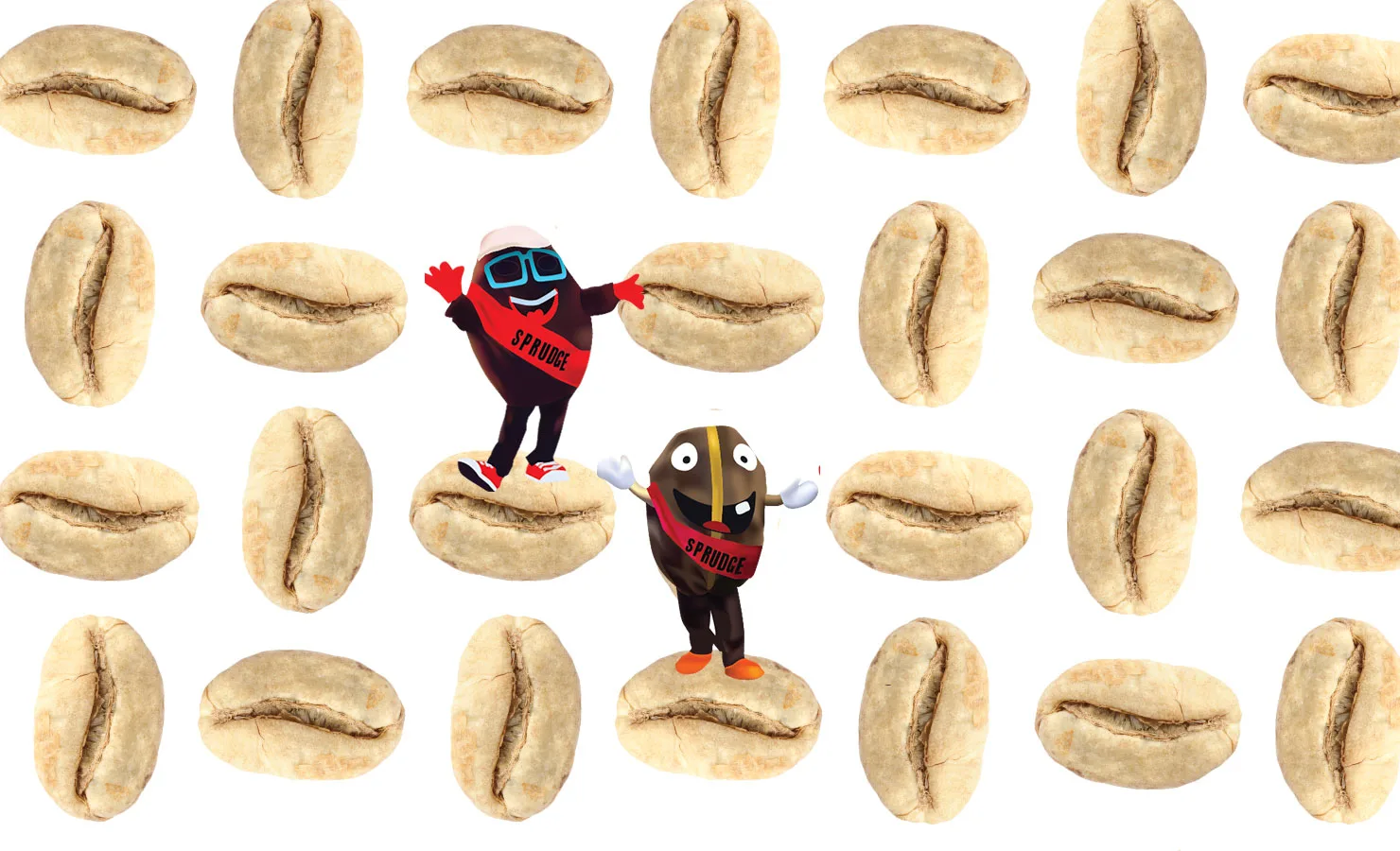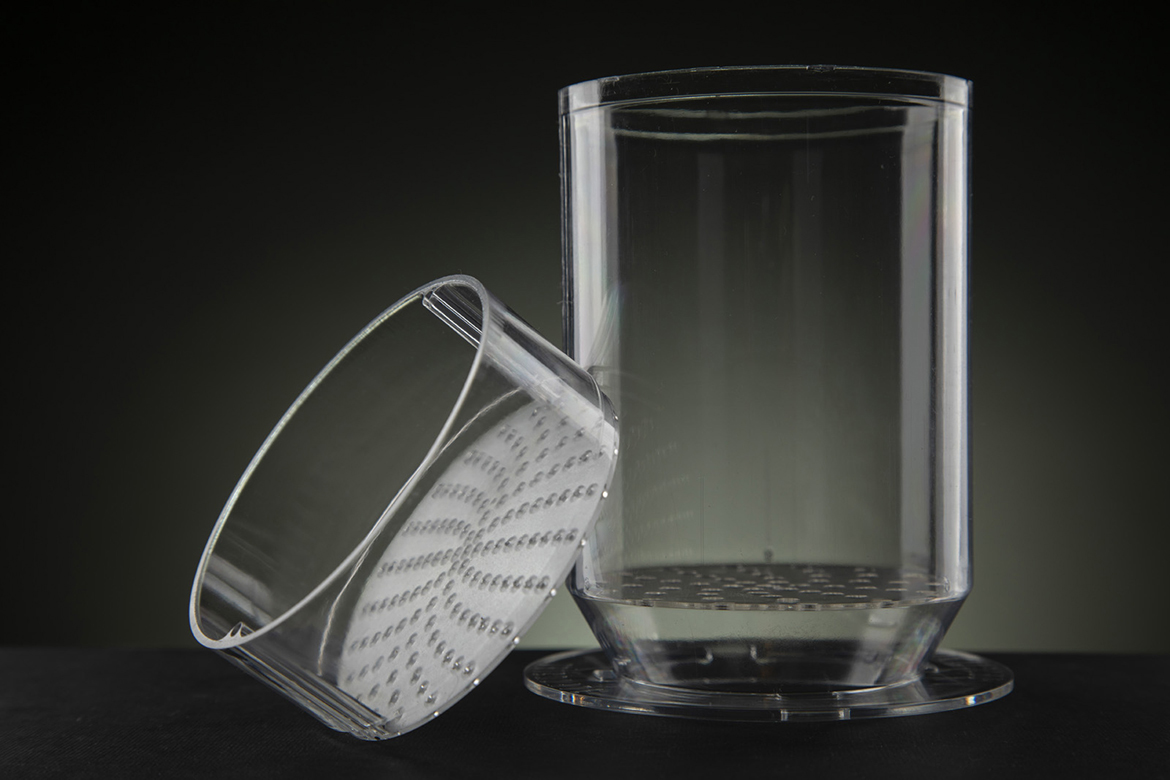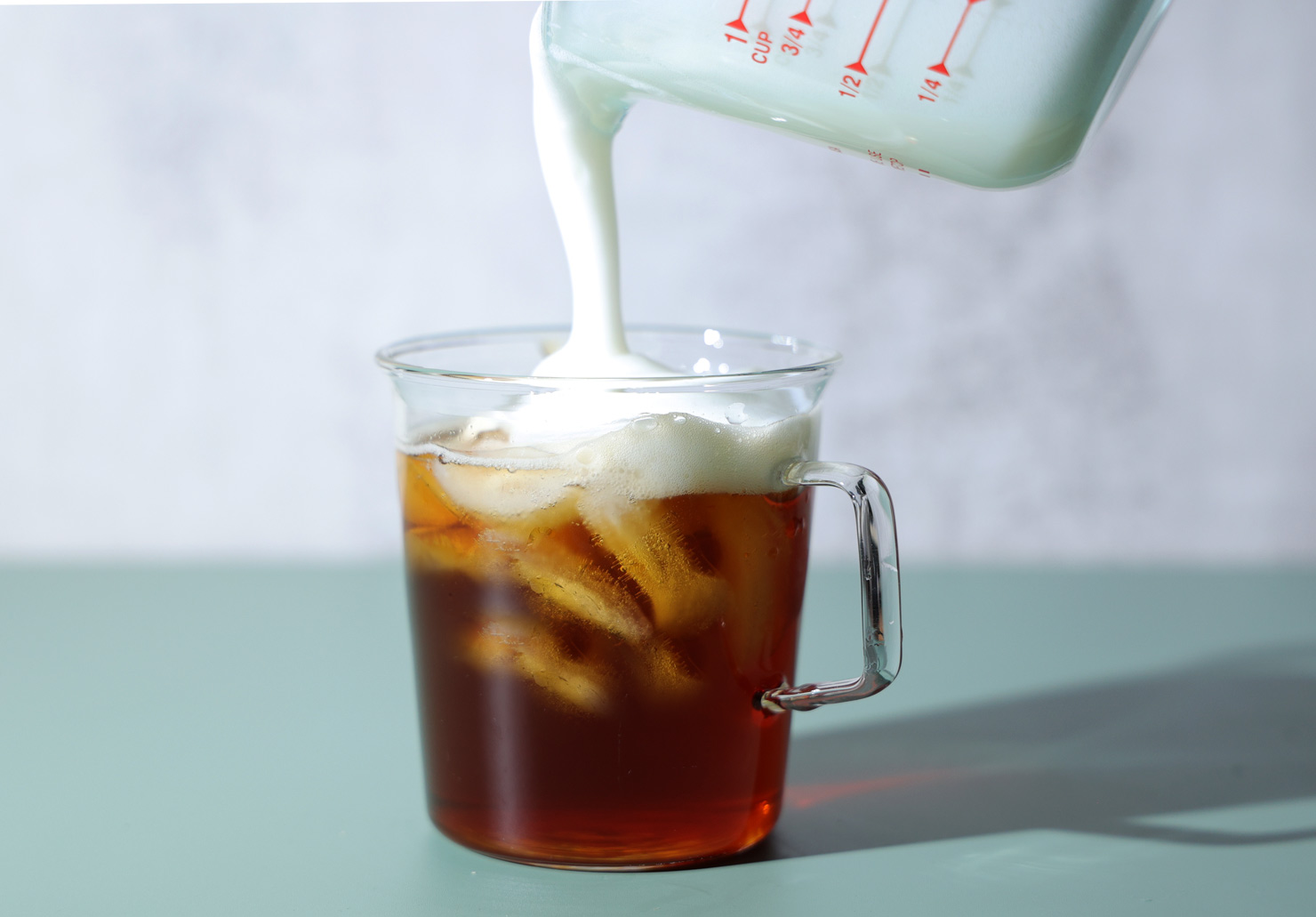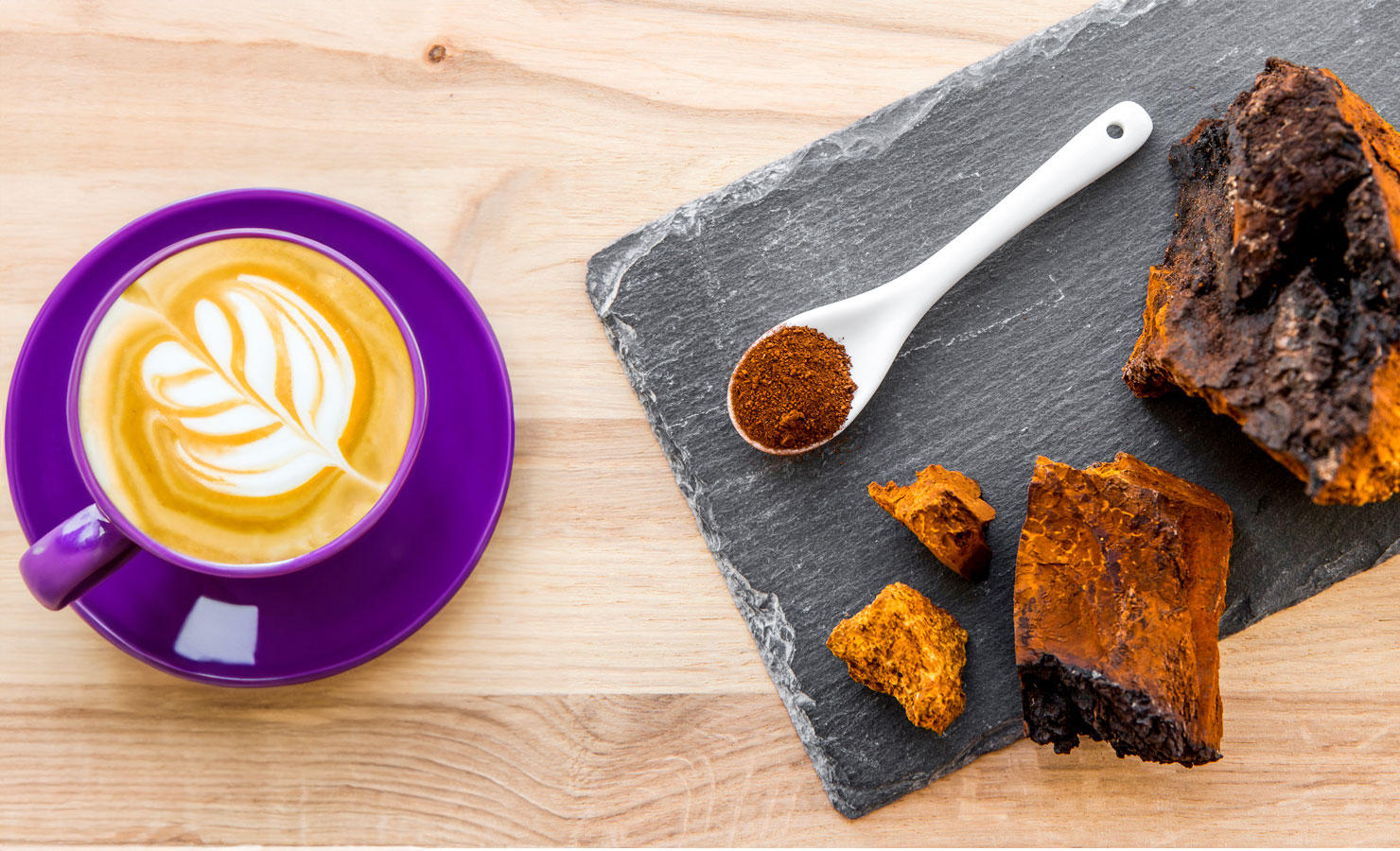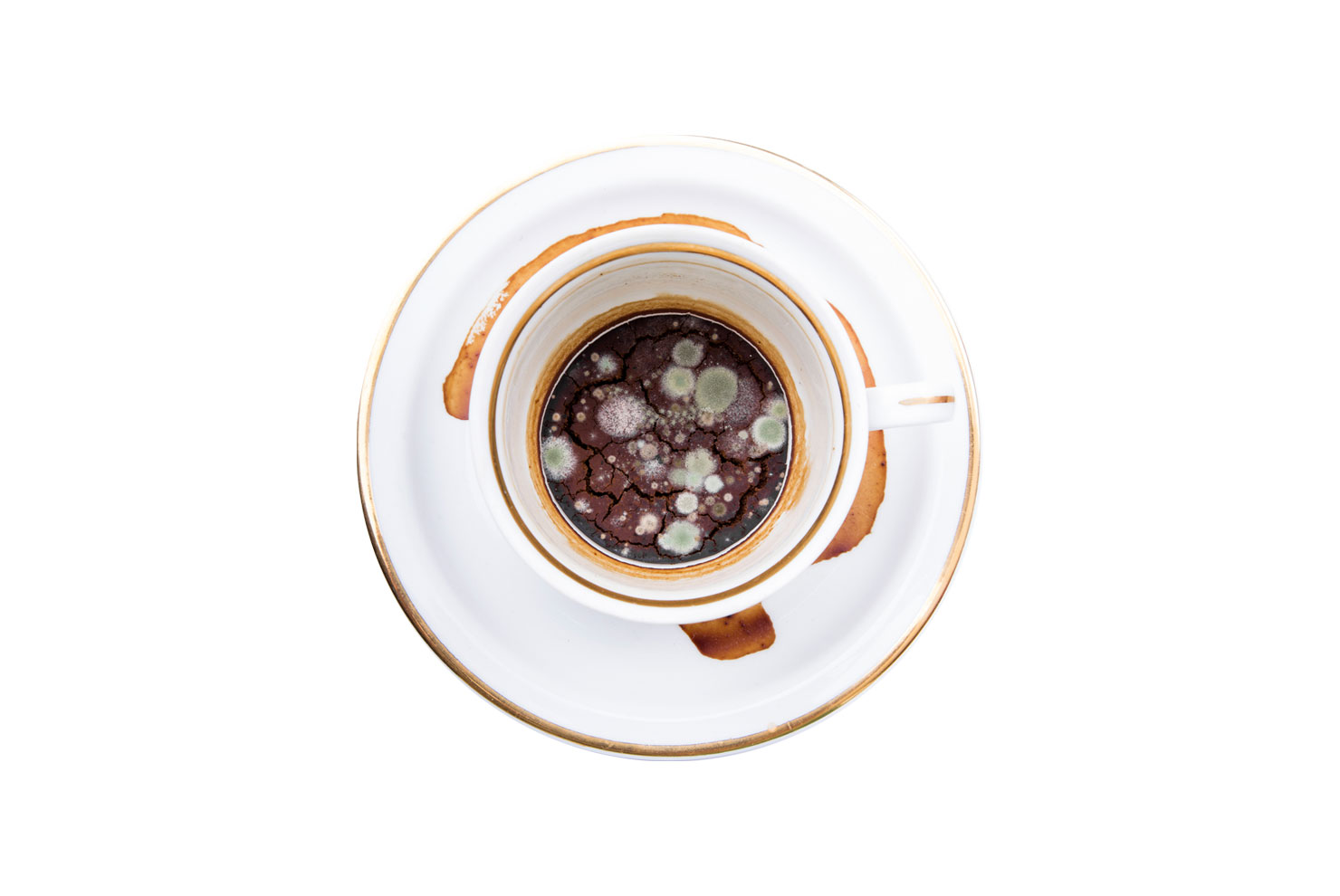Cupping coffee (not to be confused with cupping, the ancient healing ritual) is a method of tasting coffee practiced by coffee professionals to evaluate the attributes of a coffee and assess its level of quality. Though the term seems to derive from “cup tasting”, it is differentiated from just “tasting” by its specific, rigorous parameters, and (usually) its function in buying and selling green coffee. The practice was formally codified by Ted Lingle in his 1986 book, The Coffee Cupper’s Handbook, and continues to be an evolving process within the industry.
Who cups?
Though anyone can cup coffee, cupping is primarily done by coffee professionals in very specific situations, e.g. traders evaluating a coffee to decide whether or not to purchase plural pounds of it for their coffee company, coffee roasters evaluating the profile they have used to roast a coffee, and baristas and other professionals developing their palates. While some people may wish to cup strictly for a sensory overview of the coffee, others might cup to make sure there isn’t anything wrong with the coffee, like mold, “baggy” flavors from the coffee’s storage, or any other defects. Historically, sensory and qualitative evaluations of coffee have been commingled in cupping practices, but the industry is gradually shifting.
How often do cuppers cup?
It’s great practice for professional cuppers to cup daily (even if they are not deciding on a coffee for purchase) and many do! A busy cupper may need to cup dozens of coffee at a time, many days in a row. Respect!
Is cupping like wine tasting?
Many have drawn comparisons between coffee cupping and wine tasting, and both are excellent opportunities both to develop a well-trained palate for understanding a beverage’s many attributes, and to develop the vocabulary to communicate about these attributes. It is important to distinguish that wine tasting as most know it is broadly practiced by all levels of wine enjoyers; a casual weekend in wine country might involve a “wine tasting,” but this is quite different from more formal, evaluative wine tasting done by wine professionals, sommeliers, and point score adjudicating journalist types. Meanwhile, coffee cupping tends mostly to stay in the domain of those formally evaluating a coffee for purchase, education, and other professionally driven reasons. There are public cuppings—and there were a lot of public cuppings 10 years ago—but the practice is less common in coffee shops today, though no less valuable for casual coffee drinkers looking to up their tasting game.
How do you cup?
In the simplest terms, cupping is brewing coffee using only water and coffee in a small cup or bowl (which removes the many variables different brew methods can introduce), looking at it, smelling, and tasting it.
The Specialty Coffee Association has produced longstanding cupping standards (the SCA Cupping Protocol) that have been widely accepted as best practices across the industry. The SCA standards proscribe basic parameters like grind size, water temperature, and equipment, as well as more specific recommendations for preparing the coffee samples to consistent roast levels and freshness. It is common for cuppers to establish a cupping setting that reduces distractions, such as minimizing noise, restricting the presence of other fragrances like perfume, and sometimes even working under a particular hue of lighting. Special spoons are also involved. (Is this starting to sound like an occult ritual yet?)
In a typical cupping, you will see coffee measured into small cups or bowls, and brewed directly there (rather than using any kind of method with a filter). After steeping, the crust of grounds is broken with a spoon, then manually scooped out. Coffee is smelled and tasted at numerous stages of the process, and evaluated for attributes like sweetness, acidity, body, and so on.
Tasting is usually done with an especially round and deep spoon, from which coffee is slurped with gusto in order to spray as much of the coffee around the taster’s palate as possible. (Though double-spoon-dipping is often a part of a cupping, more sanitary practices, like transferring coffee to an intermediary vessel for slurping, have risen in popularity since germ-consciousness became a thing with the arrival of COVID-19.)
While cupping, cuppers will note down their assessments on standardized forms. The forms are—or have been—key to standardized cupping, as the standards allow professionals across continents to be calibrated with one another, and in theory agree with another coffee cupper’s results. Coffees using the SCA Cupping Protocol are given qualitative scores, up to 100, with coffees scored 80 or higher considered as “specialty” grade.
Recently, in order to bring evaluation criteria more up to date, the SCA introduced a new protocol they are calling the Coffee Value Assessment, which you can learn a great deal more about here. Changing the protocol is meant to modernize and helpfully assort a coffee’s evaluation (into descriptive, affective, extrinsic, and physical analyses)—though it will certainly present challenges for some coffee institutions whose practices and economic models are tied to current SCA protocols.
What is cupping best for? What is it worst for?
We turned to Peter Giuliano, Executive Director of the Coffee Science Foundation and Chief Research Officer of the Specialty Coffee Association, for his take on this:
“Formal cupping is designed for use in green coffee trading, and it’s best for evaluating coffee’s attributes in that context,” says Giuliano. “Since the coffee trade is global and diverse, cupping provides a ‘universal language’ of coffee analysis and description, and that is really really important. However, because of that focus, formal cupping is not as well suited for other sensory evaluation tasks, like, say, espresso blend development or quality control. In these cases, other sensory analysis formats are much better.”
Why is it that the SCA Cupping Protocol is changing?
“The main reason why we are changing the standards is that we had not revised them in a long time—about 20 years,” explains Mario Fernandez, SCA Technical Officer.
“A lot has happened in the industry, in sensory science, in the world, and in the SCA itself, ” explains Fernandez. The methodology of the new Coffee Value Assessment seeks to make space for broader understandings of sweetness, new processing methods, diverse market preferences, and—not the least by any means—the way bias functions in coffee evaluation. The CVA aims to provide a more complete view of a coffee that includes many of the reasons a trader might wish to buy it that go beyond a numerical score, e.g. traceability and certifications, the desire to offer a specific origin, etc.
Does everyone who cups coffee have to do it the exact way the SCA says to?
No, and many folks have found that for their particular corner of the coffee industry there may be elements the SCA standards don’t fit, or may be too cumbersome for. Many traders and cuppers will use an abbreviated version of the SCA form, or others may use the forms as a starting point to jump off of to meet their own special use cases. While the SCA protocol sets out best practices, they may not be one-size-fits-all for each coffee or each transaction.
While the goal of uniform standards is to provide that ideal “common language” of coffee understanding across continents and languages, it’s the reality that people already modify the standards, because they are people. Transitioning to a new set of protocols may alleviate some of the need for these modifications—and may introduce new ones.
Ok but what I really want to know is how much coffee can a person cup without totally freaking out on caffeine?
Most folks who cup coffee regularly use a separate vessel to spit coffee into, rather than swallowing all the coffee they taste. However, that doesn’t mean a cupper should go whole hog.
“Research shows that caffeine can be absorbed orally as well as through the gastrointestinal tract,” cautions Giuliano. “Overdose limits will vary by the person,” he says. “I’ve found that after about 50 samples I need to lay down for a while.”
What are some common mistakes people make while cupping coffee?
Inexperienced cuppers often feel intimidated by the intensity of cupping’s rituals, and may stress about things like getting their slurp exactly right. But it’s bias—not perfect process—that can most negatively impact a cupping, says SCA’s Giuliano.
“Expectations about a coffee can have a profound impact on a cupper’s perception of a coffee, and that’s not all: order bias, physiological and neurological effects like habituation and adaptation, fatigue, and simple distraction all can have a profound impact on a cupper’s experience of a coffee. There are techniques that can be used to overcome all of these, but they require attention and effort. Cuppers are sometimes tempted to over-emphasize process: exact temperature of water, or grind size, or slurping technique. Small variations in process won’t have nearly as large an effect as the other things I mentioned.”
Can a person become the world’s best cupper? There’s a contest for that, right?
There is such a thing as competitive Cup Tasting, but it differs greatly from traditional cupping. In Cup Tasting, coffee is presented as a triangulation: you get three coffees, two of which are the same, but one of which is different. Speed is key here, so unlike cupping—which encourages a taster’s brain to consider a large spectrum of possible characteristics—cup tasting is best done with sensory shorthand, picking out the most obvious differences is the key to success.
“The easiest way to determine difference is mouthfeel,” explains Jen Apodaca of Mother Tongue Coffee. Apodaca, a former US Cup Tasters champion, says mouthfeel is “something that you can distinguish really quickly, without getting your brain to have to think about what the coffee tastes like, which takes up too much time.”
Practicing triangulation tastings is a great way to exercise a taster’s brain, and it makes for a very fun competition format—but it is different than evaluative cupping.
Liz Clayton is the associate editor at Sprudge Media Network. Read more Liz Clayton on Sprudge.




